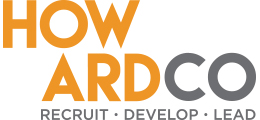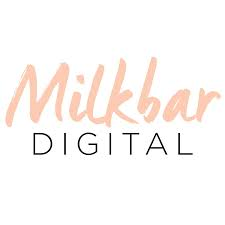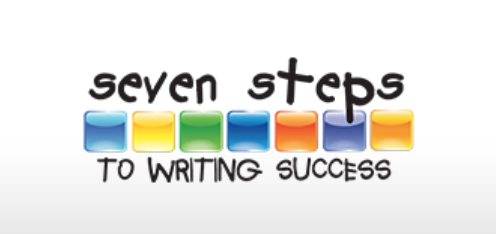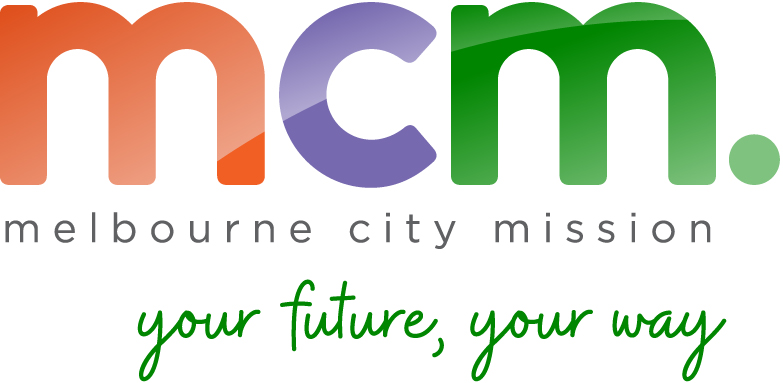Manager’s Guide To Bridging The Credibility Gap At Work
Access to credible and timely information is not just important—it’s one of the pillars of business success. It empowers leaders like you to make decisions that drive growth, respond effectively to market demands, and drive strategies across all functions, from operations to HR.
But let’s face it, having information alone isn’t enough. How that information flows within, around, and out of your organisation is equally crucial. Effective communication ensures that information is shared accurately, efficiently, and openly, fostering collaboration, innovation, and organisational development.
Despite our daily communication efforts, both within and outside the workplace, miscommunication remains a challenge, particularly given the ever-evolving landscape of communication methods and terminology.
To address this, it’s essential to recognise and understand communication barriers. In our recent webinar, we shed light on 5 common communication barriers—including the credibility gap—and shared strategies to overcome them.
Missed the Webinar? Access the Replay + A Quick Reference Guide on Generational Communication Differences!
WHAT IS A CREDIBILITY GAP?
It refers to the discrepancy between what is said and what is actually done. The gap is measured by how well your words align with your action – the wider the gap, the lower the credibility score.
Two main factors contribute to credibility gaps: Firstly, verbal communication may not effectively convey the message, as only 7% of communication relies on words alone. Secondly, credibility gaps occur from incongruence—the mismatch between words and actions.
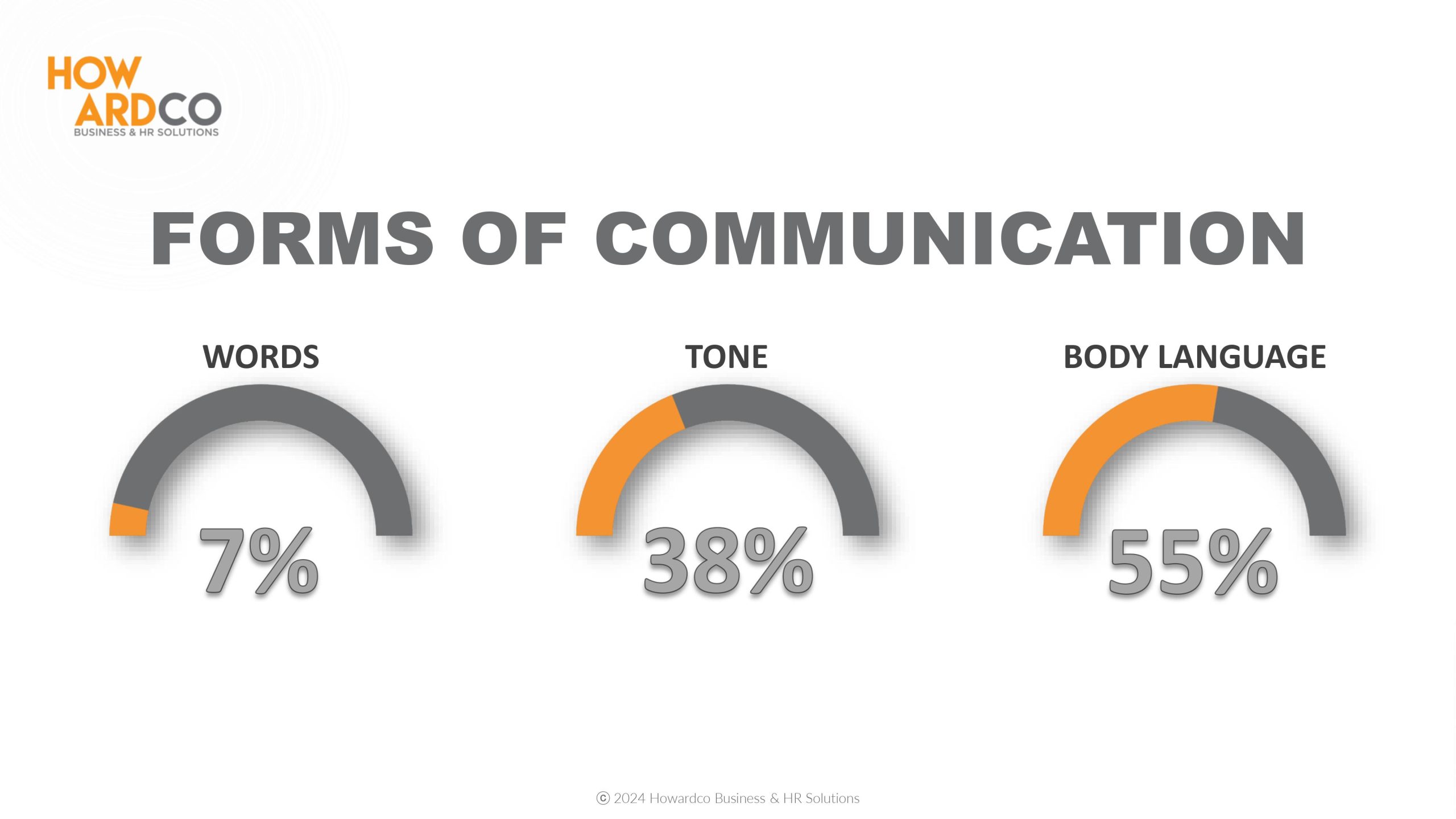
The 7/38/55 formula by Albert Mehrabian, the first body language researcher to analyse the elements of direct interpersonal communication.
Understanding this communication barrier and its implications is important; it’s the first step to addressing the challenge and fostering a culture of trust and transparency among your team. Furthermore, acknowledging the existence of credibility gaps promotes accountability and pushes leaders to uphold their commitments.
HOW A CREDIBILITY GAP CAN IMPACT YOUR SME?
This communication barrier can have a significant impact on your organisation, affecting effectiveness among stakeholders, and more, such as:
- Decreased Trust, Morale, and Business: When there’s a disconnect between promises and actions, trust among employees, customers, and stakeholders decline. This can lead to scepticism, lower morale, and reduced confidence in the organisation.
- Lower Employee Engagement: Credibility gaps in communication can cause your people to feel disengaged and demotivated. A lack of trust in leadership can lead to negative feelings such as alienation and apathy, ultimately hindering productivity and teamwork.
- Lack of Buy-in to Business Policy and Procedures: If your people do not see you following company procedures or believe that you do not support a particular policy by your words or actions, then they may be tempted to disregard them as well, which can lead to potential legal and compliance issues.
TIPS TO ELIMINATE CREDIBILITY GAP
To address the credibility gap and foster open communication within your organisation, consider these strategies:
- Lead by Example: As a leader and manager, your actions speak louder than words. Demonstrate integrity and consistency in your interactions to set a positive example for transparent communication.
- Align Your Actions with Messages: Consistency between promises and delivery is important to build trust among employees, customers, and stakeholders.
- Provide Training and Development: Invest in enhancing your people’s communication skills and promote effective interpersonal interactions through training programs.
OVERCOMING COMMUNICATION BARRIERS
While effective communication is essential for business success, challenges like the credibility gap can still arise due to differences in the way we deliver and receive information. To tackle this, organisations can leverage tools such as The DiSC® Profile. DiSC® assessments provide valuable insights into individual communication styles, empowering leaders and teams to tailor their approach for optimal results.
By exploring resources like DiSC® assessments and engaging in relevant training programs, you and your team can strengthen your communication skills and effectively navigate the complexities of the modern workplace.
Ready to enhance your team’s communication? Reach out to us at Howardco to learn more about how working with DiSC® can benefit your organisation.
HOWARDCO READING RECOMMENDATIONS
